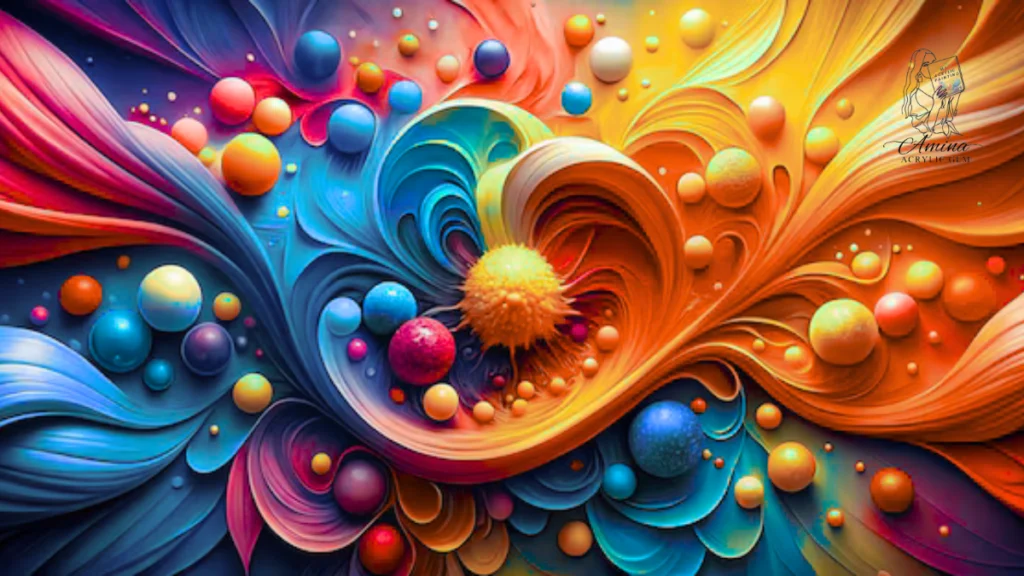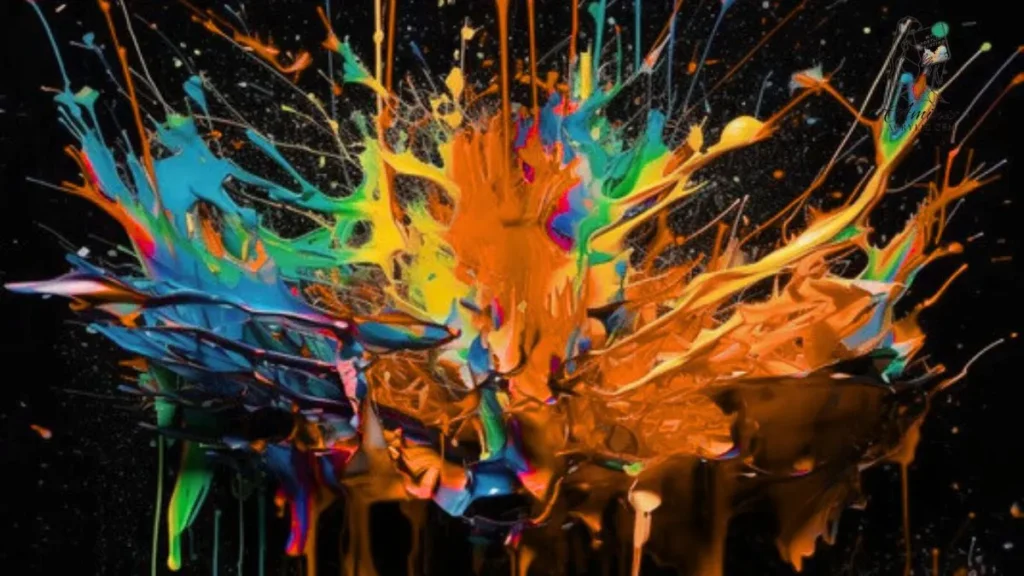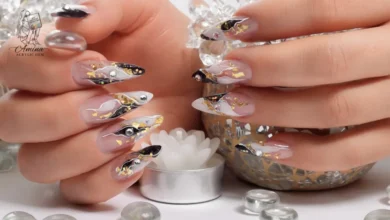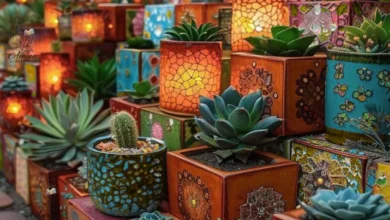Acrylic Painting Trends 2025: Styles & Techniques I Love
Acrylic painting and I go way back. I still remember the day I nervously picked up my first brush and squeezed out a generous blob of burnt sienna (it looked like chocolate, but don’t worry—I didn’t taste it). The first few strokes were clumsy, the canvas was too dry, and my cat walked across it before it dried. But something clicked.
Since then, I’ve fallen in love with acrylic painting—not just for its versatility, but because it’s one of the few things in life that lets me mess up gloriously and still call it “abstract expression.” Today, I want to take you on a walk through what’s currently trending in the world of acrylic artwork, with a few of my own colorful misadventures sprinkled in.
Bold and Bright: My Affair with Loud Colors
Let’s start with the obvious: bold colors are in. And I mean neon-orange-sunset-meets-glowstick-party bold. Gone are the days when I hesitated before adding a second shade of red. These days, I throw in turquoise, hot pink, and sometimes a bit of glitter (don’t judge—it works).
I once painted a peacock using only primary colors. It looked like a traffic light on vacation, but it popped—and somehow, it got sold at a local art fair. Lesson learned: don’t be afraid to turn up the volume on your color palette.
Pro Tip: Try layering complementary colors with a palette knife. If it looks like confetti exploded, you’re doing it right.

The Joy of Texture: Paint You Can Almost Touch
You know what’s even better than a colorful painting? A textured one. One of my favorite pieces (a stormy sea crashing into a lighthouse) involved so much modeling paste that the canvas gained weight.
I’ve used everything from palette knives to the back of a spoon, and once—out of pure desperation—an old toothbrush. Turns out, bristles make beautiful wave textures!
Bonus Hack: Don’t throw out expired credit cards. They’re perfect for scraping, spreading, and creating unique strokes. Also, slightly cathartic if the card maxed out on art supplies.
Canvas Is So Last Year: Let’s Talk Weird Surfaces
I never thought I’d enjoy painting on a piece of cardboard. But after running out of fresh canvas during lockdown (and after binge-watching three Bob Ross reruns), I grabbed a cereal box, painted a forest scene on it, and fell in love.
Now I’ve painted on wooden slabs, denim jackets, even glass bottles. These unconventional surfaces are more than just trendy—they challenge you creatively and give your art a personality of its own.
Eco-bonus: Upcycling weird surfaces is sustainable and makes for great conversation starters. “Oh, this? It used to be a pizza box.”
Minimalism: The Art of Not Overdoing It (Harder Than It Sounds)
I used to think more paint meant more impact. Then I tried minimalist acrylic art. One subject. A few intentional strokes. Lots of blank space. And surprisingly? It was powerful.
One of my recent minimalist pieces—a single black crow in a foggy background—got more emotional reactions than anything I’ve done in years. People really do feel more when you say less.
Try This: Use shades of grey and black with one bright accent color to make your subject pop in a sea of stillness.
Nature: My Forever Muse
Sometimes, when my brain feels cluttered with too many ideas (or none at all), I step outside. Nature has this magical way of guiding your creativity. I once painted a mushroom village after a hike. It wasn’t realistic, but it felt right—and oddly, people loved it.
From pine trees to ocean waves, leaves to wildflowers, nature is a theme that never goes out of style in acrylic painting. Bonus points if you mix it with some texture. Trees with raised bark? Yes, please.
Mood Booster: Painting nature scenes doubles as self-care. Cheaper than therapy, and you get wall art out of it.
Telling Stories with Paint
These days, my goal isn’t just to create something “nice.” I want to say something with my art—even if the message is subtle.
I once painted a woman standing in a cracked mirror. Someone messaged me, asking if it was about healing after heartbreak. It was actually inspired by a dropped phone screen… but hey, art is subjective.
Your Turn: Use color, composition, or symbolic objects to tell a story. Not every piece has to be deep, but when it is—it hits differently.

Acrylic Pouring: Still Mesmerizing
Let’s be real—acrylic pouring is equal parts magic and chaos. I’ve done dozens of pours and each one is like a fingerprint: unique, a little messy, and incredibly satisfying.
Sometimes I combine pouring with brushwork. Pour first for the background, then add a detailed figure on top. The contrast is stunning, and you’ll feel like a wizard with a paintbrush.
Clean-Up Alert: Always use gloves. Trust me, your hands will turn into a color wheel otherwise.
Final Thoughts: Embrace the Chaos
Whether you’re a seasoned acrylic artist or you just bought your first $1 brush, remember this—art is meant to evolve. So try that bold color combo, paint on that old shoebox, and let your inner weirdo shine. That’s where the magic happens.
And if you end up creating a neon pink squirrel leaping across a textured cactus on cardboard… own it. Post it. Sign it. Frame it.
Over to You!
What trends have you tried recently? Are you more of a texture lover, a pour addict, or a minimalist monk with a paintbrush? Share your experiences, your favorite tools, or even your “oops” moments in the comments below.
Got a photo? Drop it in! I love seeing your interpretations and messy masterpieces.
Until next time—stay curious, stay colorful, and never be afraid to paint outside the lines.
Happy painting!






